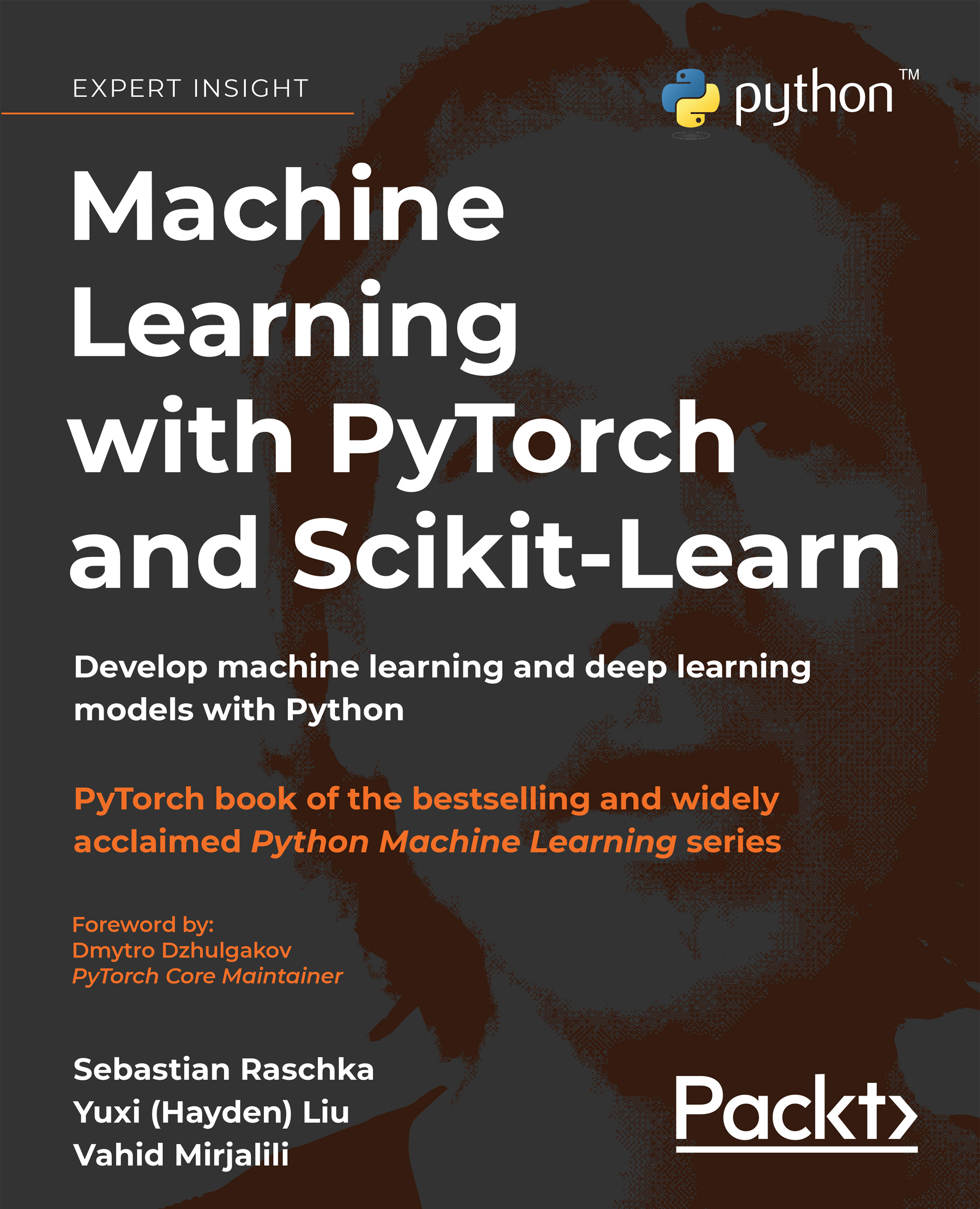Grouping objects by similarity using k-means
In this section, we will learn about one of the most popular clustering algorithms, k-means, which is widely used in academia as well as in industry. Clustering (or cluster analysis) is a technique that allows us to find groups of similar objects that are more related to each other than to objects in other groups. Examples of business-oriented applications of clustering include the grouping of documents, music, and movies by different topics, or finding customers that share similar interests based on common purchase behaviors as a basis for recommendation engines.
k-means clustering using scikit-learn
As you will see in a moment, the k-means algorithm is extremely easy to implement, but it is also computationally very efficient compared to other clustering algorithms, which might explain its popularity. The k-means algorithm belongs to the category of prototype-based clustering.
We will discuss two other categories of clustering...
































































